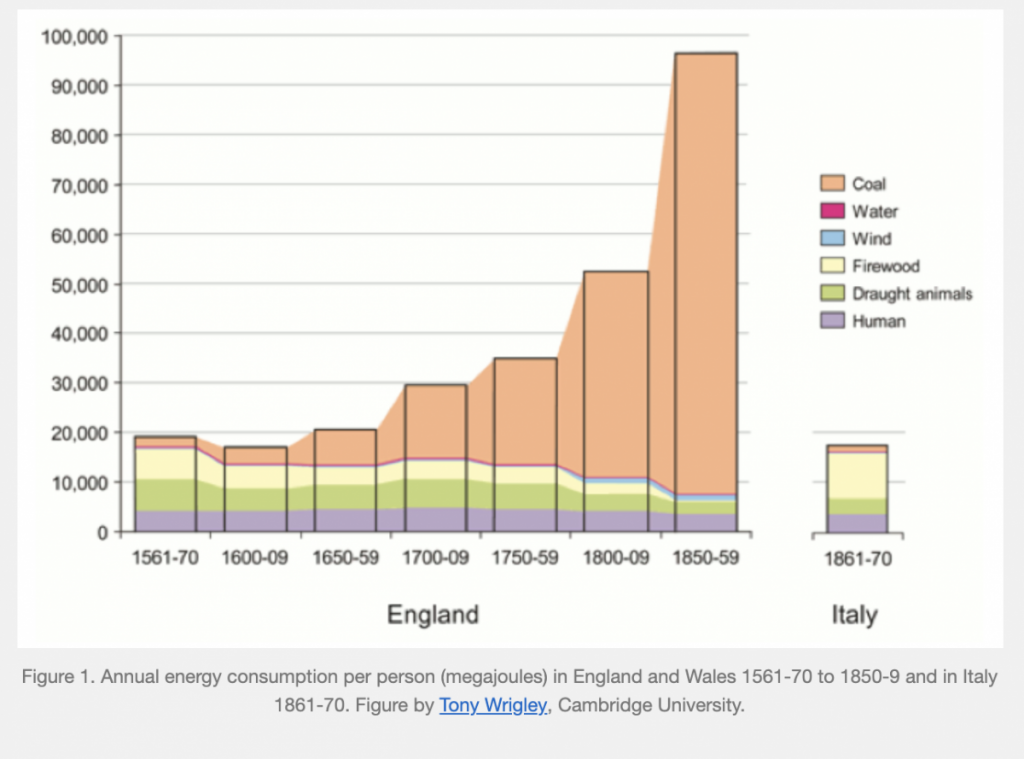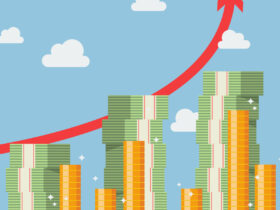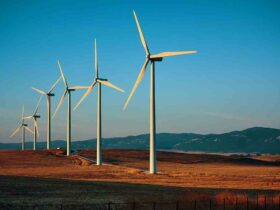Many people take for granted the modern lifestyle and conveniences provided by our current energy production and delivery system. You expect that when you awake in the middle of the night to use the bathroom and flip a light switch that the lights actually come on.
From refrigeration to air conditioning to transoceanic air travel people give little if any thought to what goes into allowing these conveniences. Instead, what we see is a demonization of the fuel sources that allow modern and relatively easy lifestyles.
There is a big shift on, by political activists and many politicians, to move to 100% renewables because we may have only have 12 years to “save the planet” from runaway “climate change”.
Gail Tverberg had a recent article talking about some of these ideas and what life was like before the introduction and mass use of fossil fuels. She also dives deep into life before fossil fuels and the problems with thinking we can go to 100% renewables.

Figure 1 shows that before and during the Industrial Revolution, wind and water energy provided 1% to 3% of total energy consumption.
For an energy source to work well, it needs to be able to produce an adequate “return” for the effort that is put into gathering it and putting it to use. Wind and water seemed to produce an adequate return for a few specialized tasks that could be done intermittently and that didn’t require heat energy.
When I visited Holland a few years ago, I saw windmills from the 17th and 18th centuries. These windmills pumped water out of low areas in Holland, when needed. A family would live inside each windmill. The family would regulate the level of pumping desired by adding or removing cloths over the blades of the windmill. To earn much of their income, they would also till a nearby plot of land.
This overall arrangement seems to have provided adequate income for the family. We might conclude, from the inability of wind and water energy to spread farther than 1% -3% of total energy consumption, that the energy return from the windmills was not very high. It was adequate for the arrangement I described, but it didn’t provide enough extra energy to encourage greatly expanded use of the devices.
The point being is that wind and water were used as power sources in the past. As I have pointed out before, as man has advanced he has transitioned from less dense forms of power to more dense forms of power.
She goes on to discuss variability of supply from renewables, something that can not be offset with current battery technologies.
There is also the discussion that there is a tremendous amount of fossil fuel energy that goes into mining all the materials used in renewables, creating the wind turbines and solar panels, constructing the plants, and maintaining them. The idea that we can get 100% off fossil fuels in a short time frame is just not realistic.
I think people need to take a more balanced and nuanced look at our energy mix and the benefits and downsides it provides. There are going to be challenges but to just dismiss fossil fuels with a wave of the hand while enjoying the life and civilization they provide will not win many arguments.
The current debate will give speculators like ourselves excellent chances to take advantage of bad decisions that will have real world costs and provide misallocations of capital that yield investment opportunities.
For example, the view that shale oil will grow to provide 25-30 million/barrels of oil production seems to be incorrect as recent data points to a possible peak in shale prodcution in the Eagleford, Bakken, and Permian oilfields.
This false narrative of never ending shale oil growth has shelved over a trillion dollars in non-OPEC investment in conventional oil sources. This could lead to substantially higher prices in a few years as shale production disappoints.
This is just one example of many.





